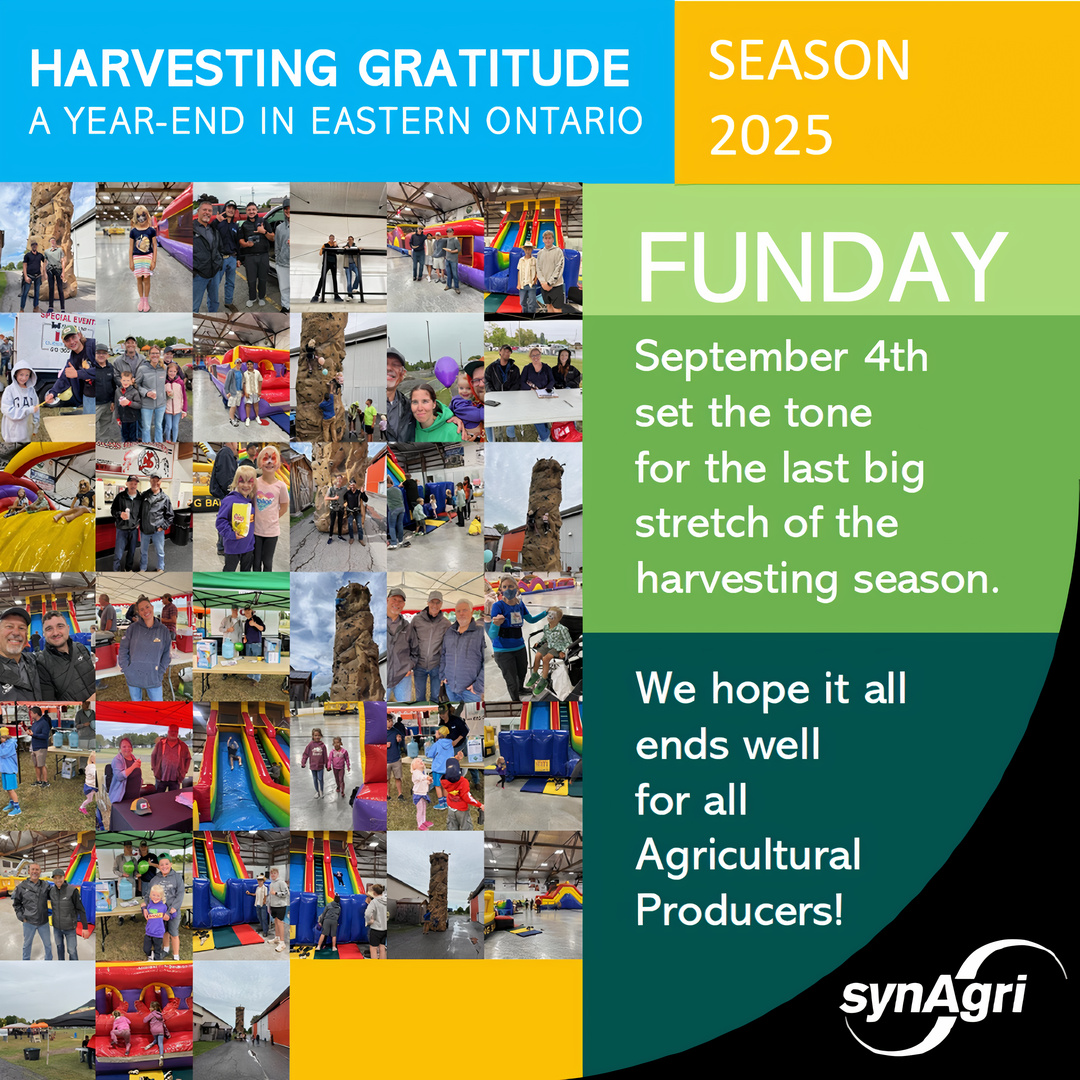
White mould, also known as sclerotinia stem rot, is a disease that poses a significant challenge to farmers growing soybeans. Although it is mainly present in Eastern Ontario and Québec, it has also been observed in other regions of Canada, and it can cause significant yield losses that can exceed 20%, as well as a decrease in quality. To mitigate the effects of this infection, it is essential to have appropriate management strategies in place.
The first step is to regularly monitor soybean crops for early signs. Typical symptoms of white mould include white, cotton-like lesions on the stems, leaves and pods of soybeans, as well as the presence of sclerotia, small black ball-like lumps. Sclerotia are present in the soil and can survive there for several years (5 to 8 years). In spring, they germinate in the top few centimetres of soil and spread spores that infect the flowers.


Print the document by clicking here or on the image



When symptoms are observed, it is recommended to consult a sales representative to confirm the diagnosis and obtain specific recommendations for managing white mould. Several approaches can be combined to reduce the impact:
- Choosing soybean varieties that are tolerant to white mould is a good first step. Advances in research have made it possible to develop resistant varieties. Farmers can obtain information from their representatives to choose varieties adapted to their region.
- Crop rotation is also recommended to avoid growing soybeans repeatedly on the same plots. By alternating with other crops, it is possible to reduce the accumulation of sclerotia in the soil.
- Seeding rates can also influence the severity of the disease. Overly dense seedlings create an environment conducive to the spread of white mould by promoting cool, moist soil, increasing shade, and limiting air circulation between plants. By spacing the rows of seedlings, the spread of sclerotia and the development of infectious spores are naturally reduced.
- The use of fungicides is an additional solution to manage the disease. Fungicides can be applied preventively to reduce the impact of the disease. However, their effectiveness depends on the environmental conditions and the severity of the infection. The critical time for fungicide application is generally during soybean bloom (Stages R1–R3), which is when the flowers are most susceptible to infection. It takes place when the floral parts wilt, while the fungus penetrates the senescent tissues of the fertilized flowers and other dead tissues of the plant.
In Summary: Managing white mould in soybeans is a major issue for farmers. Regular monitoring, resistant varieties, crop rotation, seeding rate management, and the use of appropriate fungicides are all steps that can be taken to reduce losses resulting from this disease. It is therefore recommended that you contact a sales representative for assistance in reducing risk and maintaining crop health.
Consult our 2023-2024 IP Soybeans Guide by clicking here or on the image












